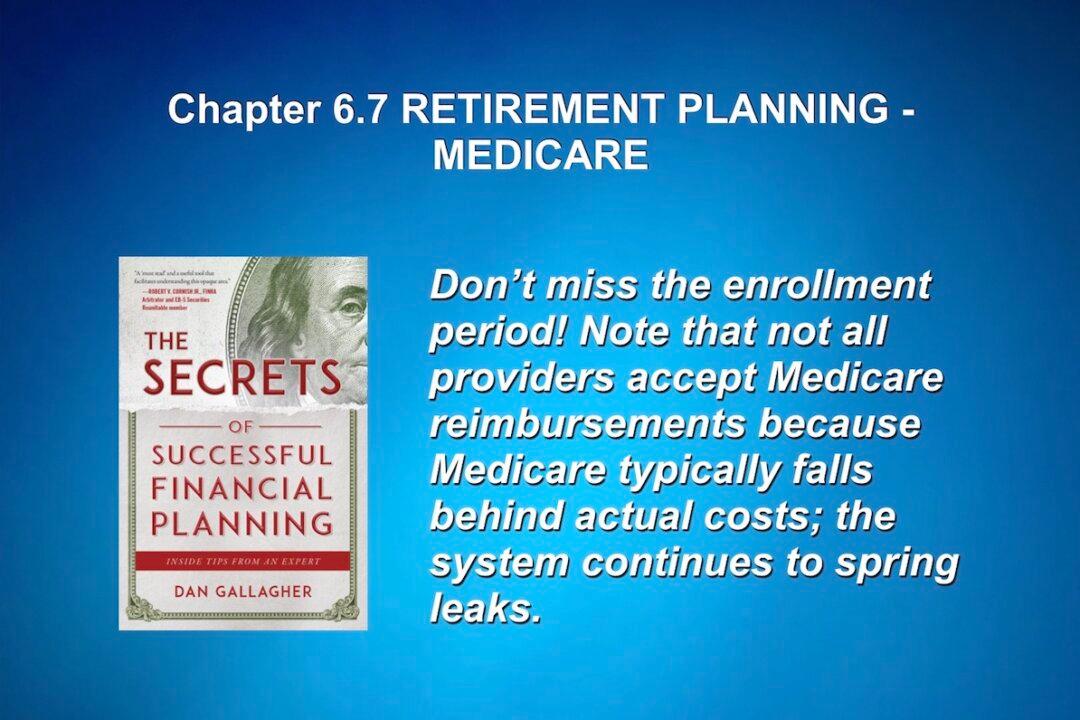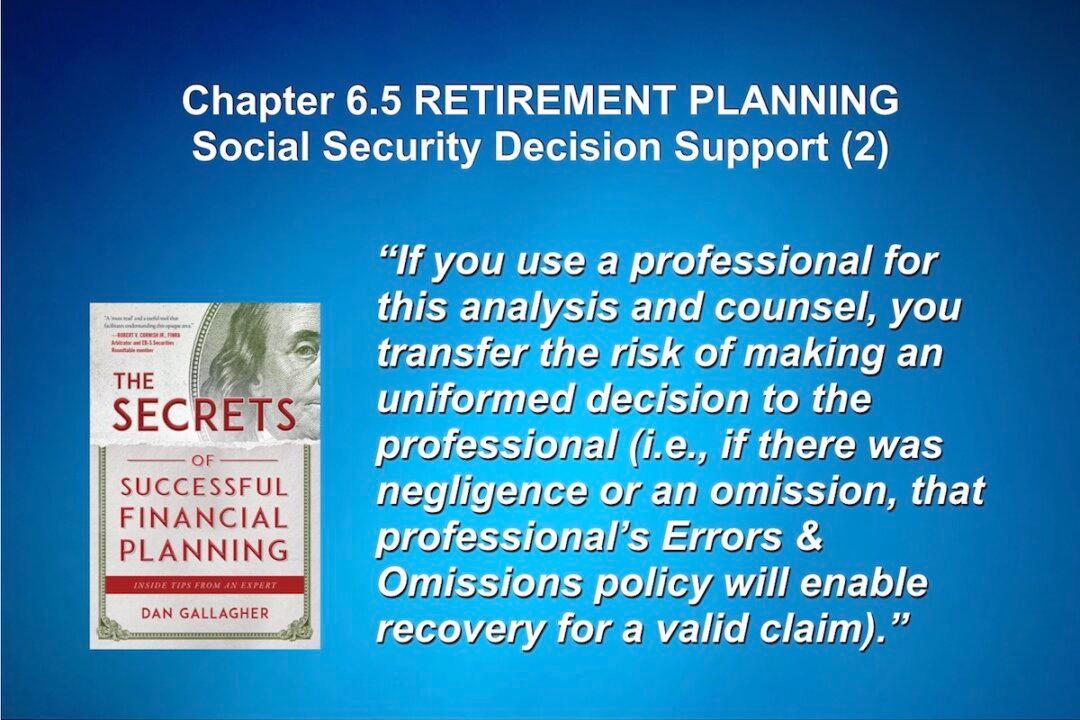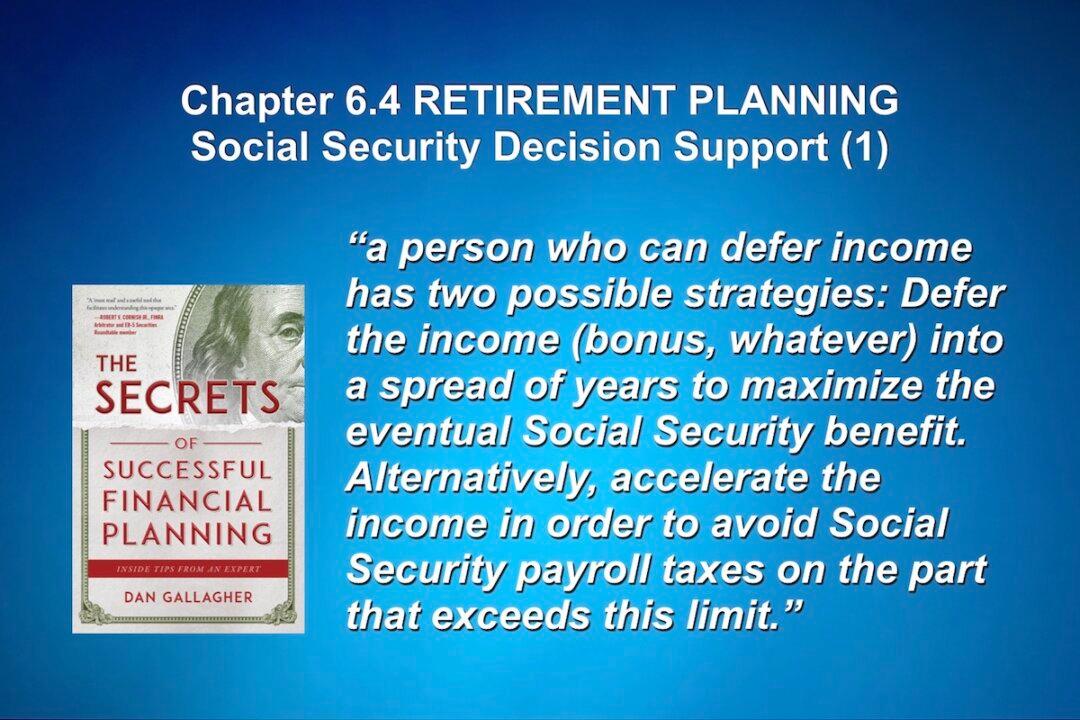The two ways to buy LTCi are as stand-alone (ongoing premium) policies or as riders to life or annuity policies. Many new policies have this feature integrated into the policy. However, these “combo” or rider policies reduce death or annuity benefits when you withdraw money or use the LTCi benefit.
Many people will want to separate these, but separate policies costs much more than “double duty” policies. The smartest buy is usually a large “pooled” benefit accessible by either or both spouses.





